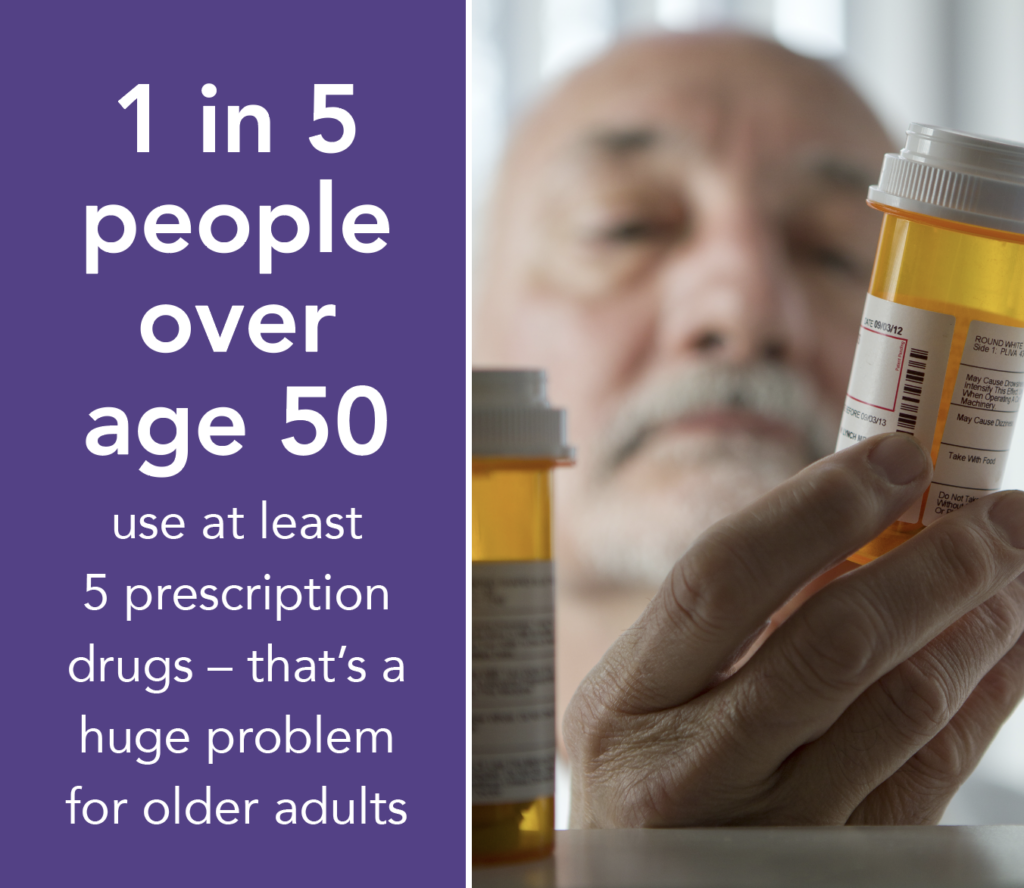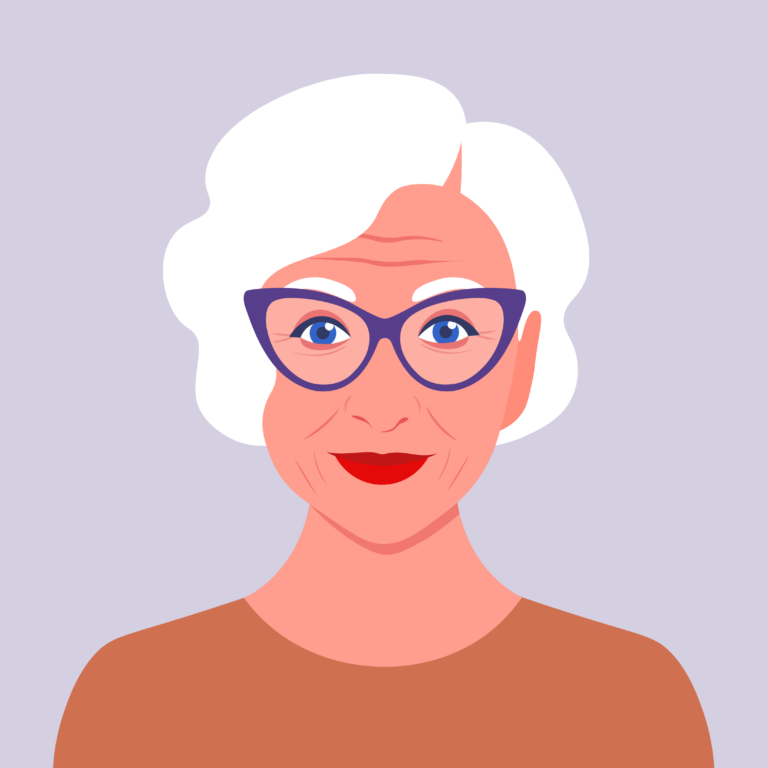What’s your number? Understanding the pitfalls of polypharmacy.
Are you taking more than five prescriptions each day? You’re not alone. Adults aged 65 and older make up just 14% of the US population but they account for 1/3 of outpatient spending on prescription medication*.
Are you taking more than five prescriptions each day? You’re not alone.
Adults aged 65 and older make up just 14% of the US population but they account for 1/3 of outpatient spending on prescription medication*. The use of multiple medications by older adults isn’t new — as medical research and medicine have evolved over time, the conditions to be treated have evolved as well. Living longer has given rise to the phenomenon of polypharmacy. And while it’s understandable, it’s also a problem.
Defined as the simultaneous use of five or more medications, polypharmacy can cause serious adverse events, including dangerous drug interactions, debilitating side effects, increased emergency room visits and hospitalizations, lower quality of life, and a higher risk of mortality.
According to a 2021 National Institutes of Health article on adverse drug reactions, people aged 65 or older accounted for 25% of ER visits attributed to adverse drug-related events and 49% of events requiring hospitalization.
“In the United States, we’ve been taught to expect that there’s a pill for everything, and modern medicine has often delivered on that expectation,” said Dr. Nick Schneeman, Lifespark Chief Medical Officer. “It’s also contributed to the rise of polypharmacy, a massive problem for older people, especially those who are frail or have complex health concerns.”
Appropriately prescribed drugs are not the problem, Dr. Schneeman said. It’s the cascading effect that causes harm.
To illustrate, meet “Ella,” not an actual person but a good example of the problem: “Ella is an 85-year-old woman who lives alone, has very few health problems beyond some mild memory issues, and is active in her community. At her annual checkup, her blood pressure is a little elevated, so her doctor starts her on a medication that has good efficacy but causes some swelling.
“Her blood pressure comes down, but now she has edema – fluid pooling that causes swelling – in her ankles. Her doctor refers her to a cardiologist who prescribes a medication called a diuretic to treat what might be heart failure. The drug, frequently known as ‘water pills,’ reduces her edema but causes urinary incontinence, so Ella goes to a urologist who puts her on a drug that reduces bladder contractions. It helps, but it makes her profoundly confused and delusional.
“This concerns Ella’s son who brings her to the hospital where she’s put on an anti-psychotic. In a period of six months, this previously healthy woman goes from no medications to four. Her health plummets and she never recovers.”
While this scenario might sound extreme, Dr. Schneeman said that it happens in clinics and hospitals every day. “No one wakes up in the morning intending to do harm, but we’re all participating in it,” he added.
In the past, doctors and pharmacists had more opportunity to act as a chain of checks and balances when it came to medications. There were fewer medications to check against and more time to ensure that seniors were protected from drug interactions and side effects.
Today, primary care physicians generally have about 15 minutes to spend with each patient which means that usually acute symptoms are the focus at appointments, leaving no time for an in-depth medication review.
From there, new prescriptions are sent on to the pharmacy for fulfillment and Pharmacists are typically siloed from both practitioners and clients. This forces them to rely on established guidelines rather than provide individualized medication guidance, breaking the chain apart even further.
How do you minimize the risk in this situation, and can it be fixed?
There are a few ways to address it. First is oversight. Transitions care is one of the key areas to watch. The change from hospital to transitional care or a shift in health condition, are high-risk periods for medication-related adverse events. Medical team collaboration with a pharmaceutical consulting organization like Consonas Health is one opportunity to catch a problem.
The key to this is having a team with geriatric pharmacology skills. The way pharmaceuticals interact with the body as one ages can change and thus affect the way the drugs interact with each other. Active collaboration between a medical team and pharmaceutical consultancy with an education that includes geriatric medicine can make a world of difference for seniors.
Another way to combat the problem is though a medication review with your physician. The appointment is specific to your current medication list. And will be most effective if you send your complete list of medications – including iver-the-counter medications and supplements – in advance so your physician has time to review it all in advance of the appointment.
Polypharmacy is an issue that isn’t going away on its own and is likely to get worse before it gets better. With the number of people over age 65 expected to grow from 46 million today to 98 million by 2060, it’s an issue that needs to be addressed.
One of the best means to change the narrative is to advocate for yourself. Look for providers who are engaged in understanding the needs of aging adults and take steps to avoid getting caught in the crosshairs of medication interactions.



